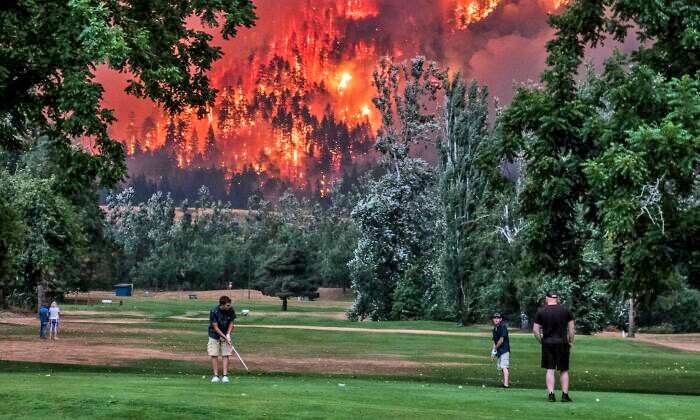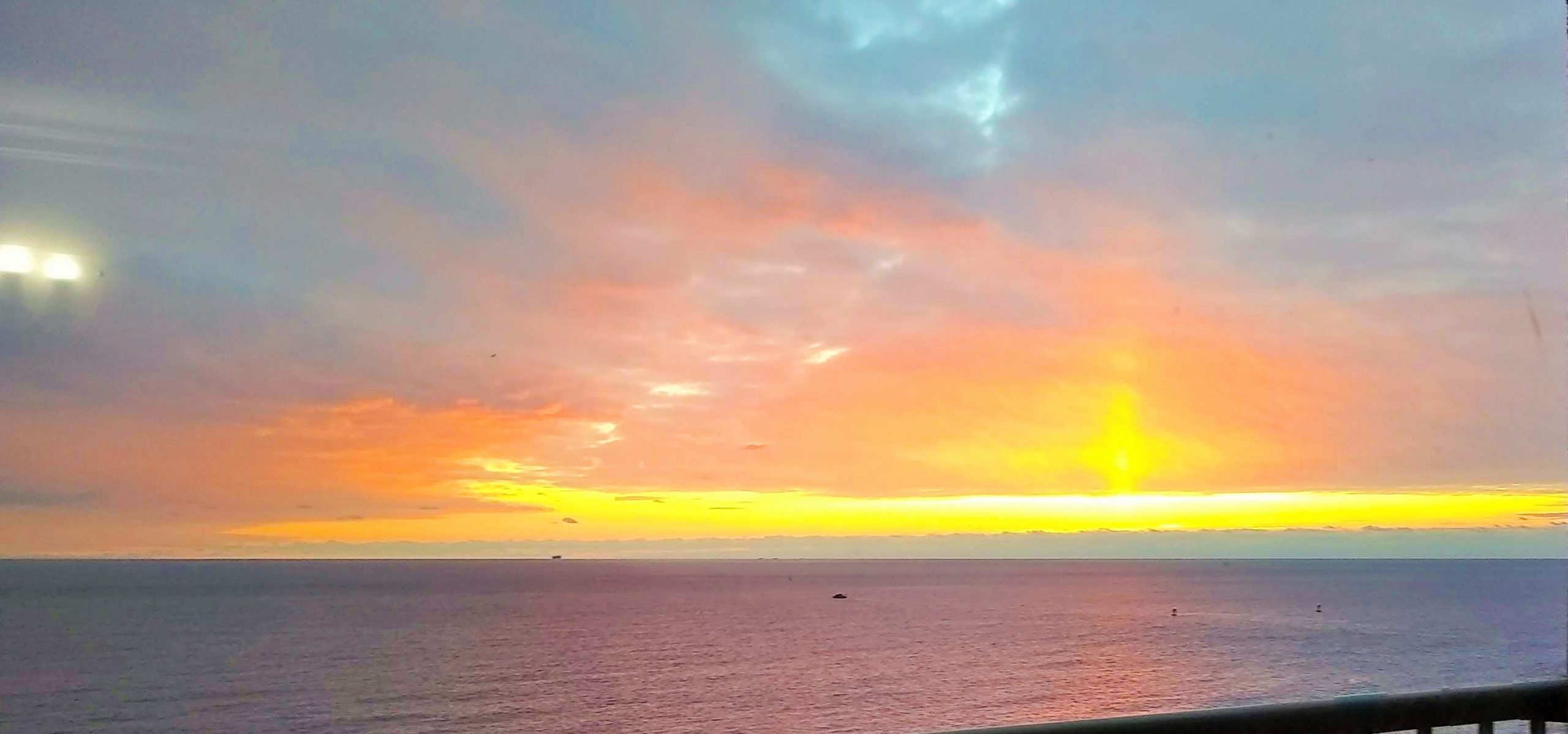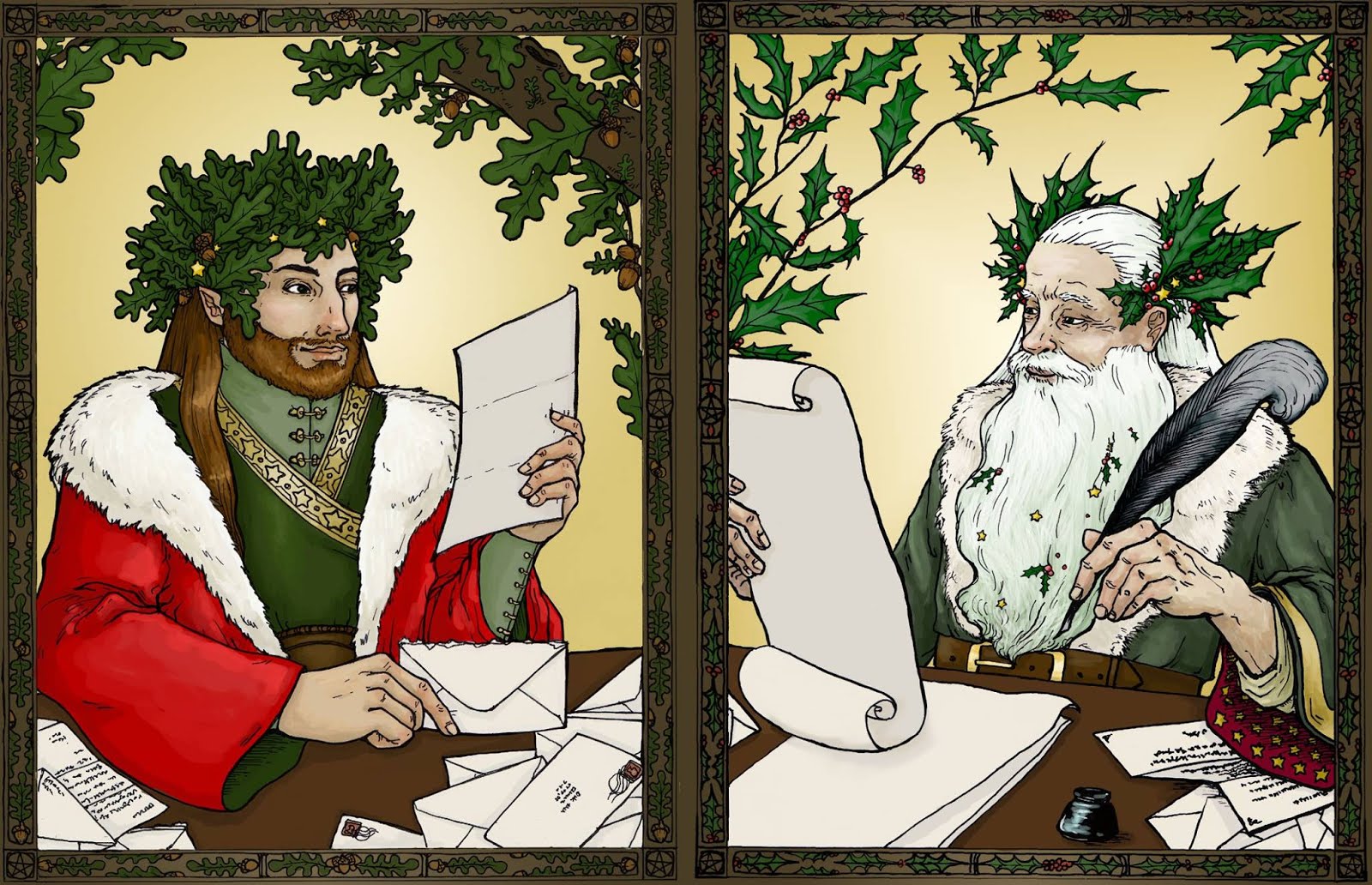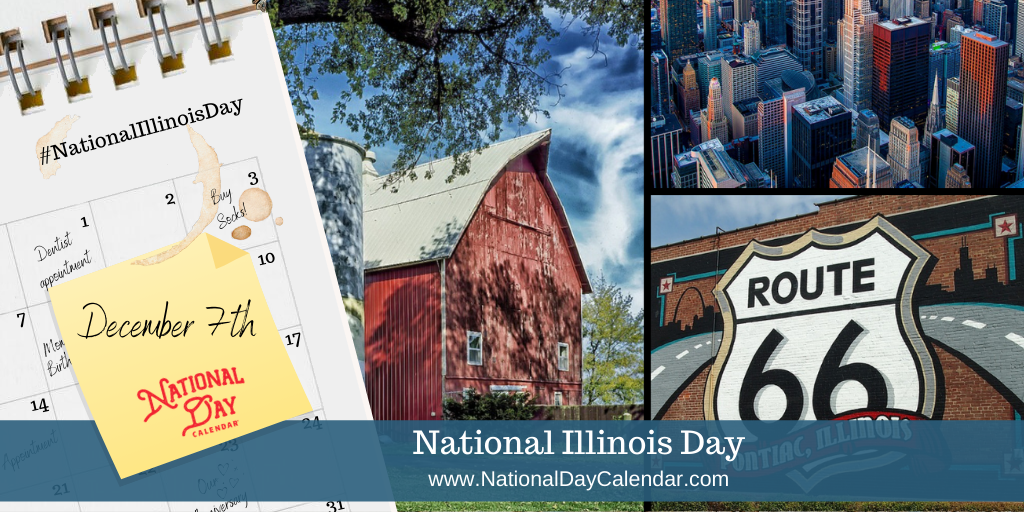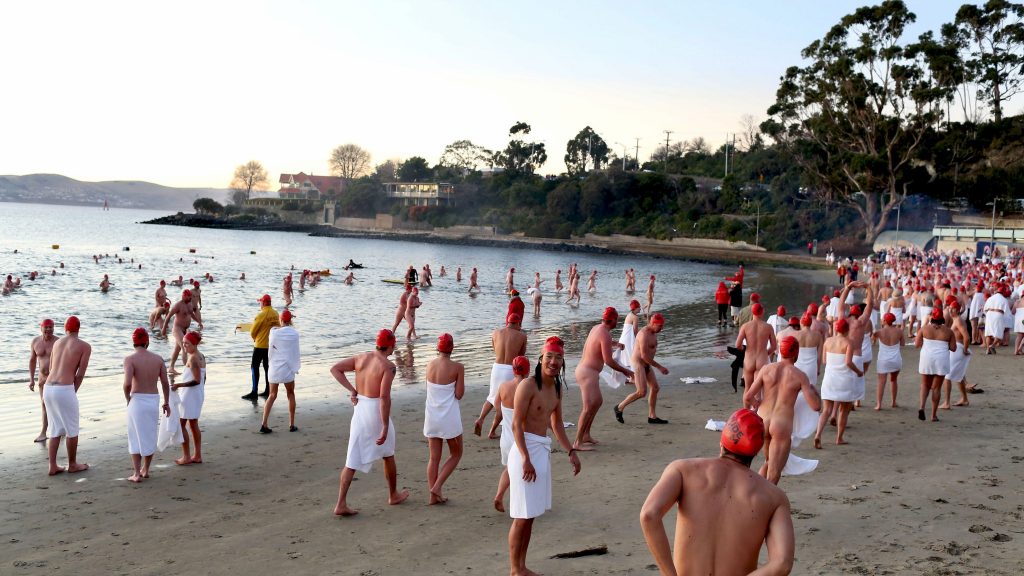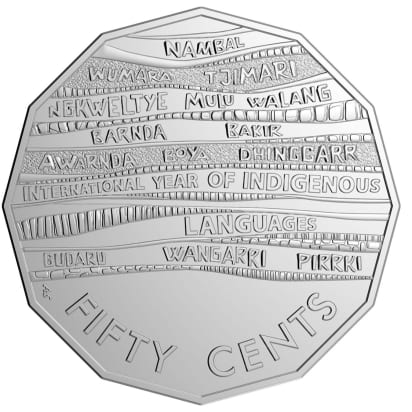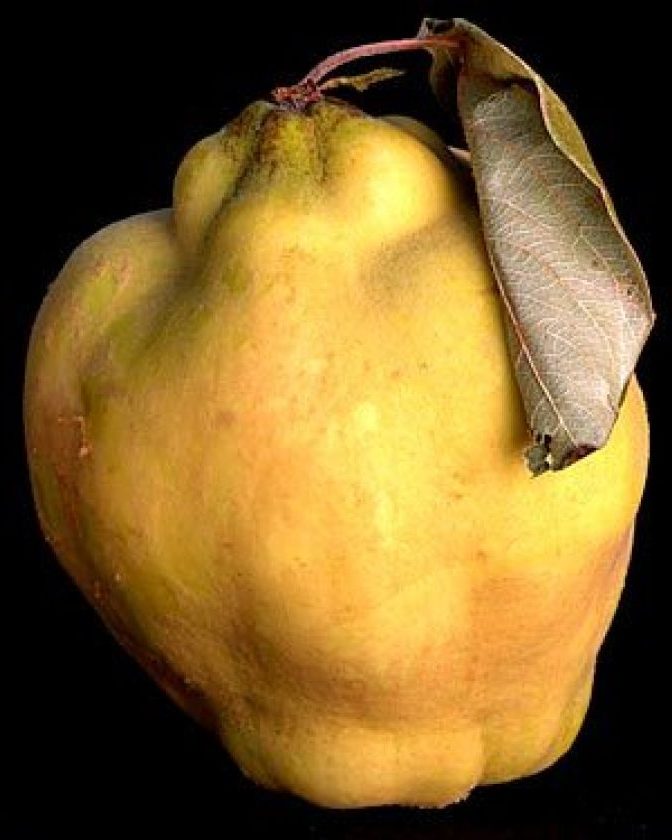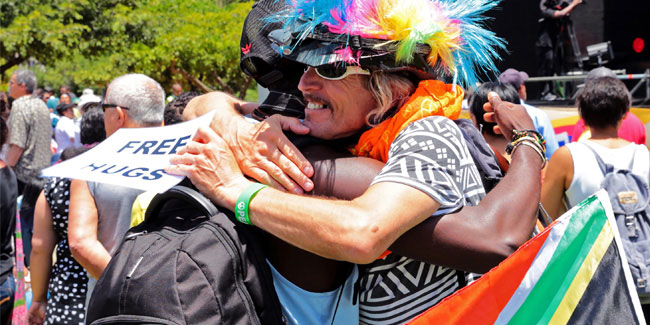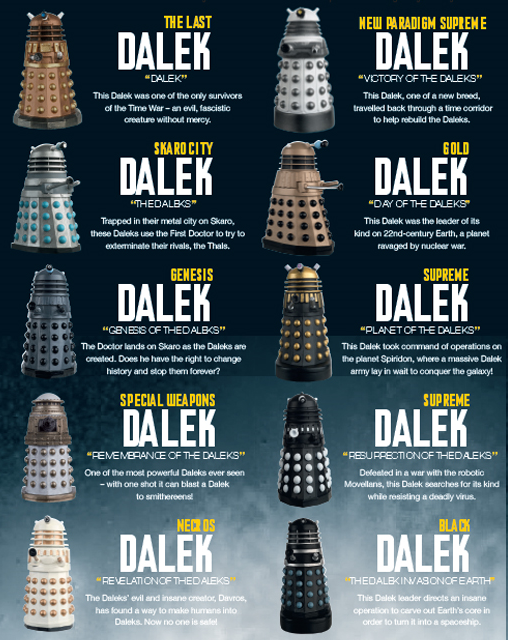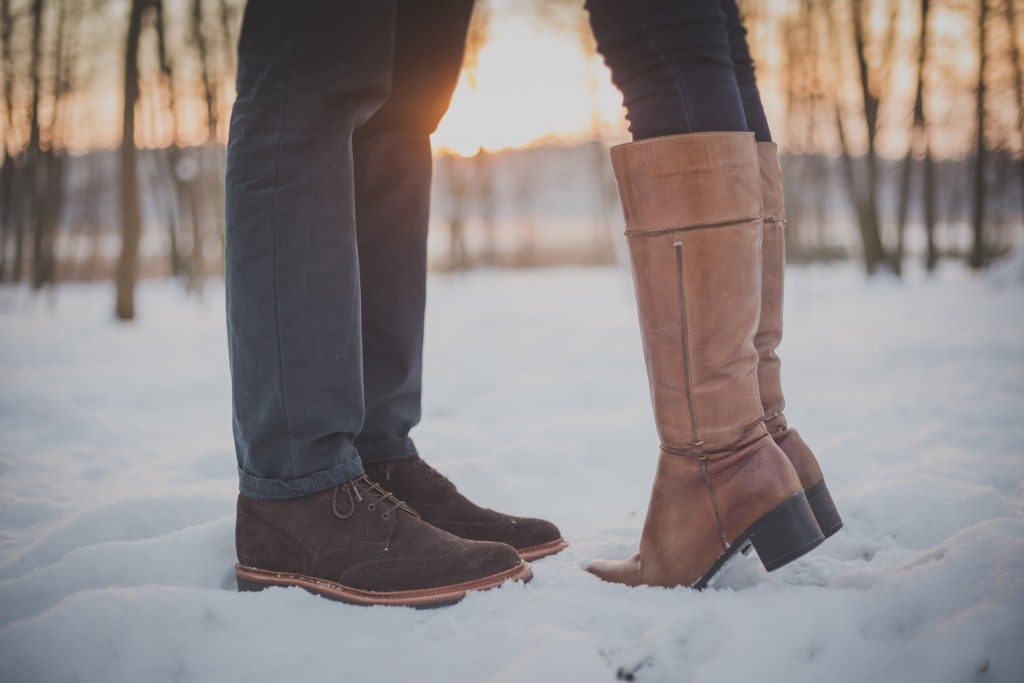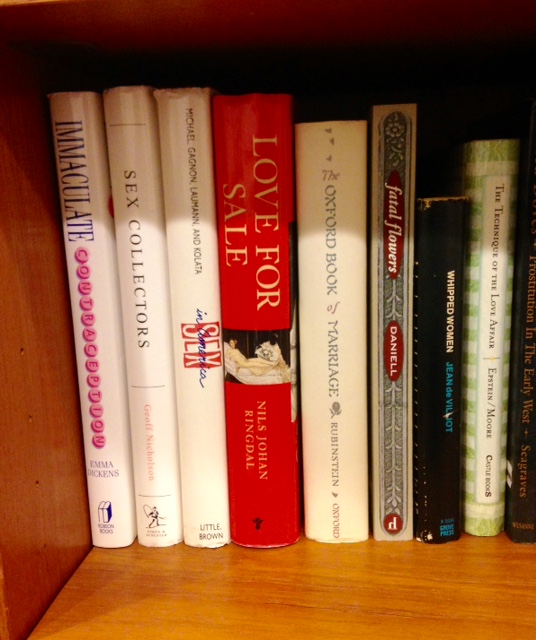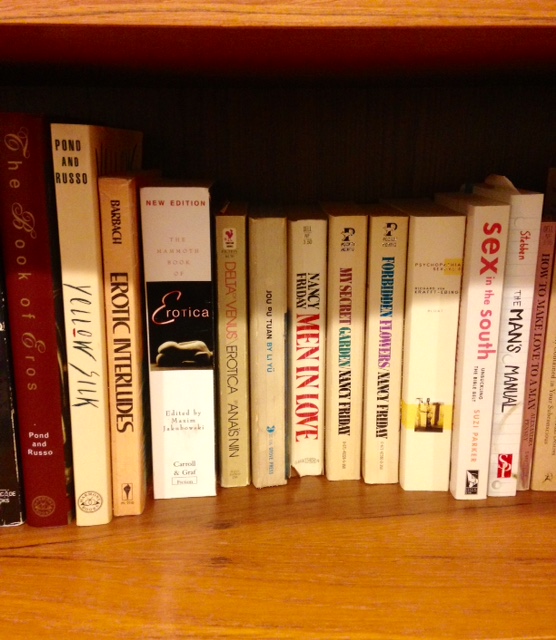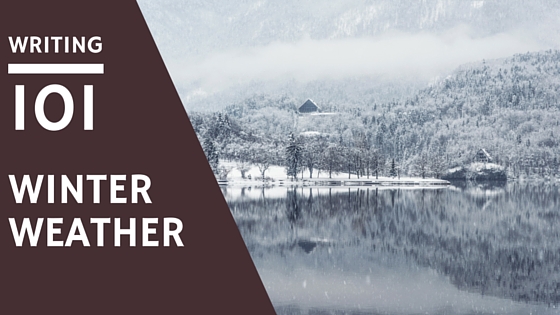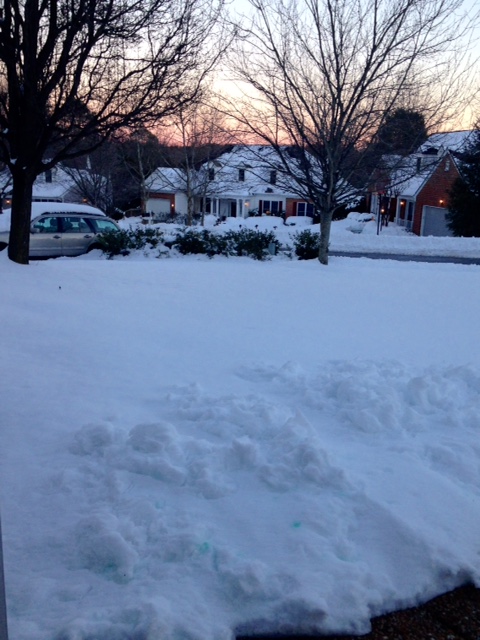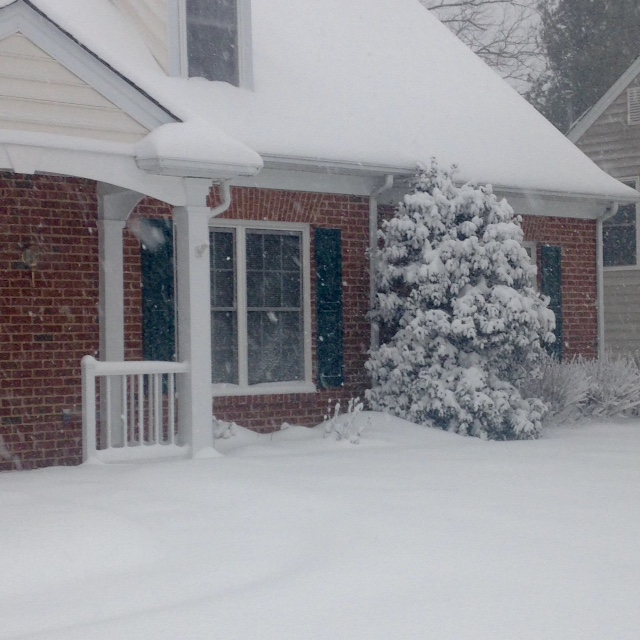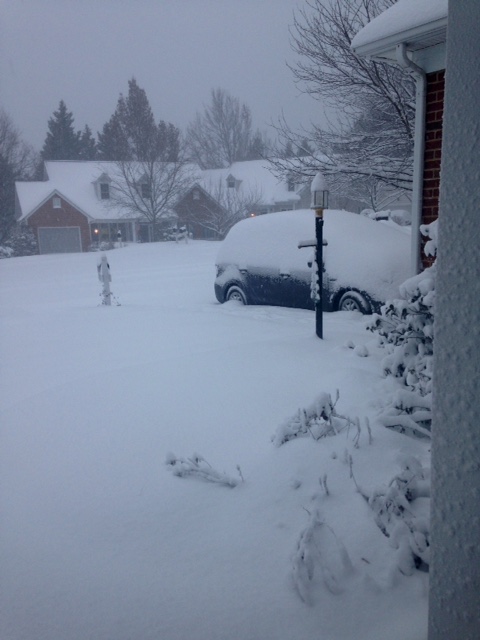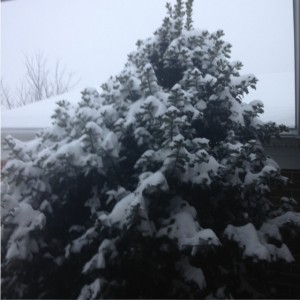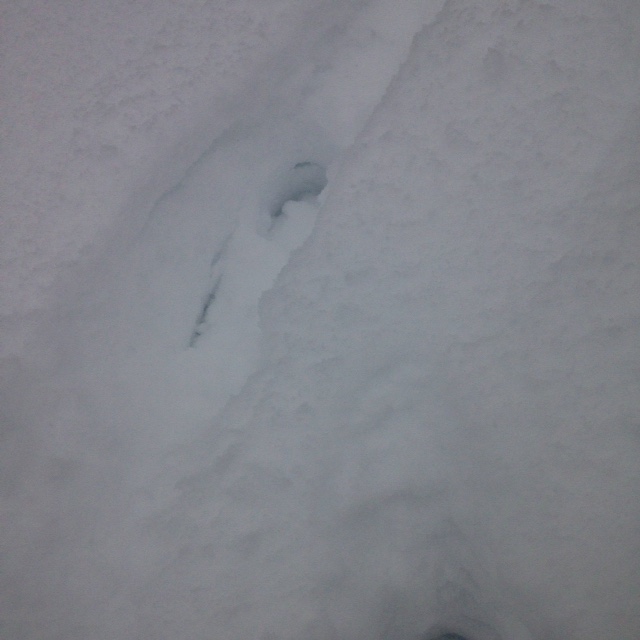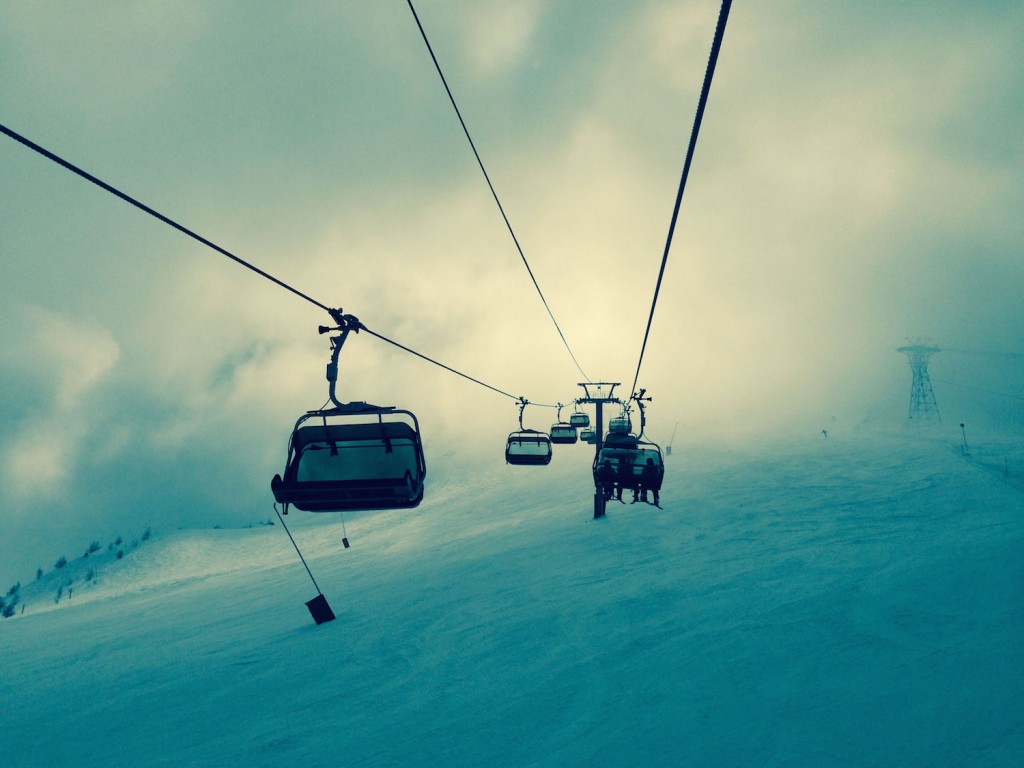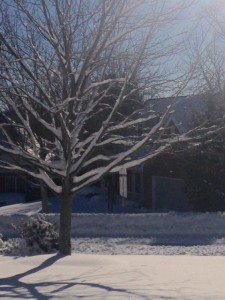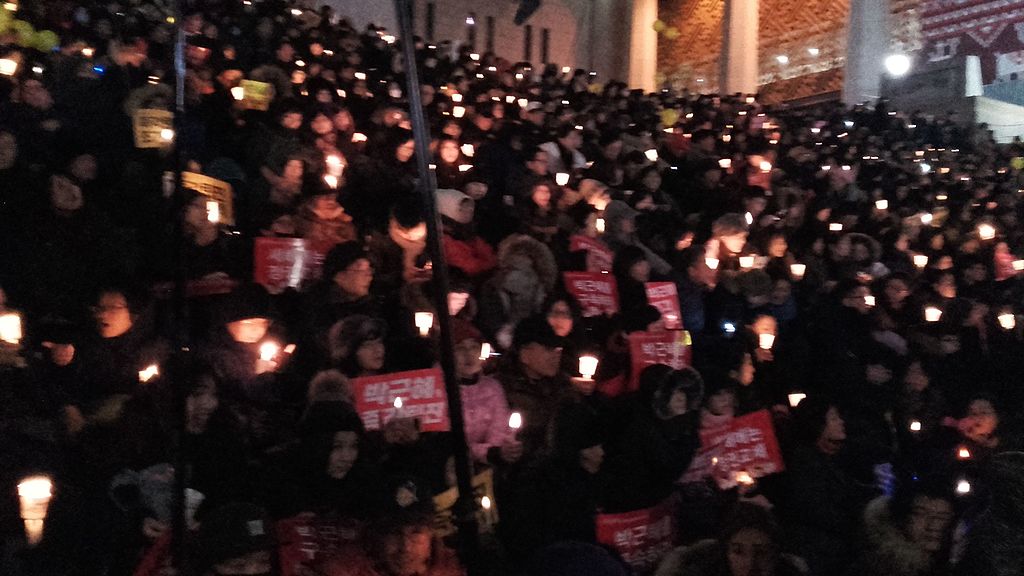
As the Winter Solstice approaches, many people are feeling a little low—or a lot. Fortunately, there are several holidays and celebrations around this time of year to add a little light to your schedule. Here are just a few:
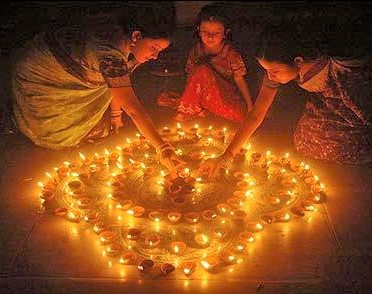
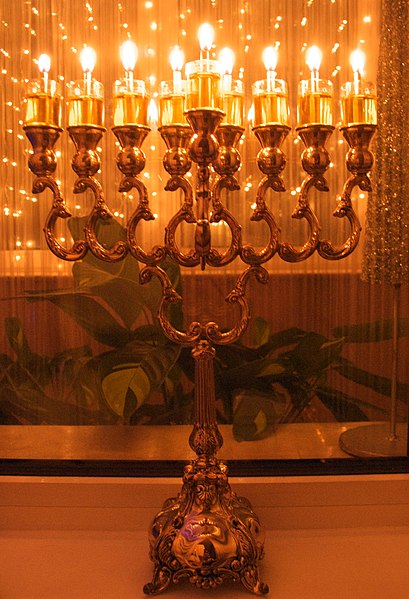
Hanukkah is a Jewish festival of lights celebrated in November or December, according to the Gregorian calendar.
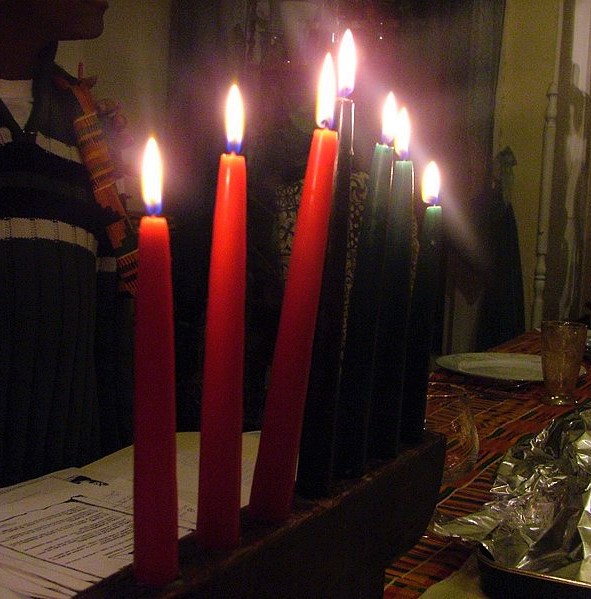
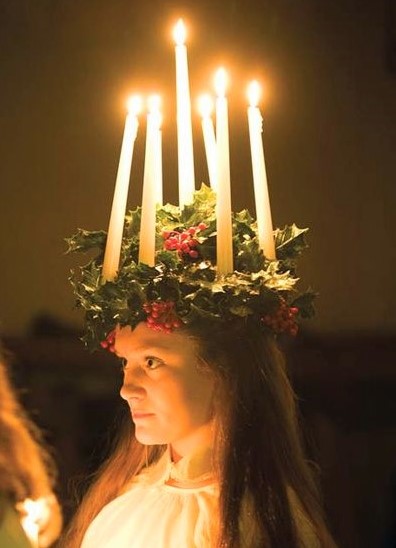
Lussevaka or Santa Lucia Day is a celebration of light, community, and the triumph of good over evil. It is primarily celebrated in Sweden, but St Lucia festivals are also held in Croatia, Italy, France, Germany, and Norway on December 13.
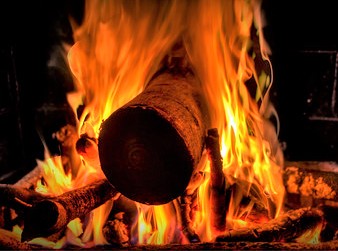
Yule is celebrated in many different ways by Pagans and Wiccans. It is the celebration of the Winter Solstice, the return of the sun. This is often symbolically represented by burning a Yule log, signifying the rebirth of the Oak King and waning of the Holly King.
Don’t Be SAD

There is a term for those who suffer most when the days grow short: SAD (Seasonal Affective Disorder). SAD increases in higher latitudes where the winter days are short. Light therapy, where you arrange a special wide-spectrum light therapy box device at an angle to your face. Using such a device for several hours at the same time every day can be used to treat SAD. It can also help treat those who have depression all year round, improving their overall well-being.

Scientists have also discovered that light therapy can lower nighttime agitation in Alzheimer’s patients and reduce symptoms in Parkinson’s patients, including sleeping problems and tremors.
Whether sick or healthy, light definitely affects your mood. According to research, one in four people in Alaska suffers from depression – and it’s mainly caused by a lack of sunlight.
Sunshine Cures Everything
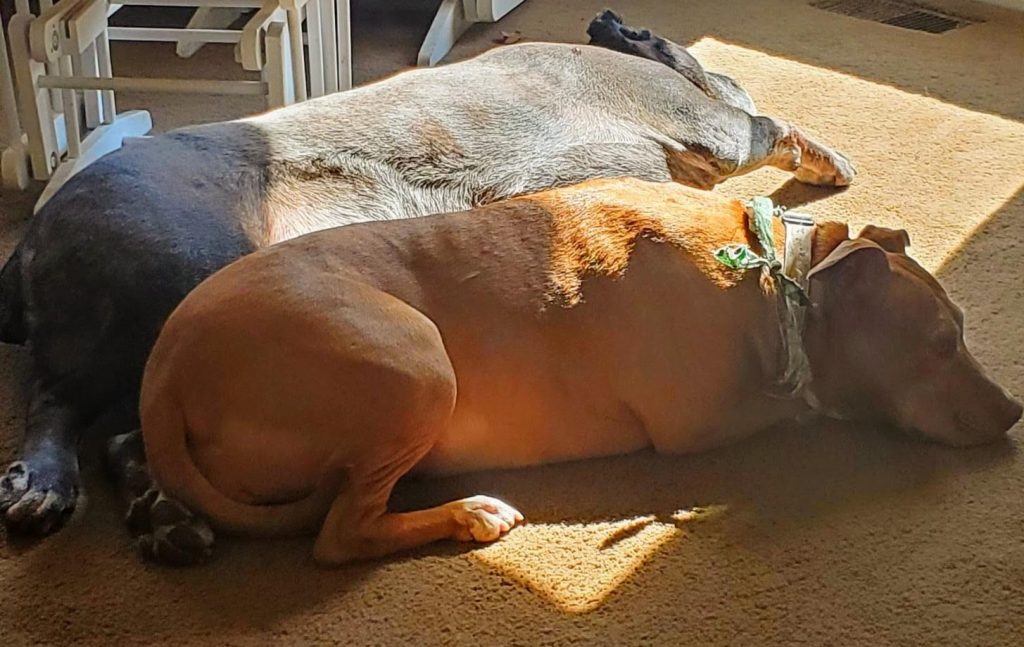
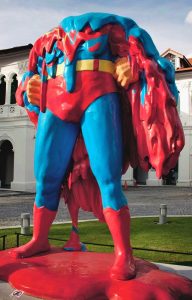
“No One Can Save Us Now”
by Mojoko and Eric Foenander
Singapore Art Museum
Sunshine can also help with pain control. Research shows that patients whose beds are on a sunny side of a hospital experience less pain than those whose rooms are in the shade. As well as reduced pain, patients in sunny rooms tend to recover sooner, use fewer painkillers, and feel less stressed. One theory is that exposure to sunlight releases serotonin: a feel-good chemical in the brain.
High solar activity has been found to increase fertility rates. Furthermore, light can also give men a boost in the bedroom. Research has shown that higher testosterone is boosted by Vitamin D. The biggest source? The sun. A light box would have the same affect, but is possibly less romantic than a sunny picnic or stroll along the beach.
As far as I can tell, the health benefits of sunlight are all attributed to Vitamin D effects on/in the body.
Fake Light

Aside from the health benefits of light, many practical applications have lead to the creation of light when there is no sun—primarily the benefits of being able to see in the dark!
Over the centuries, we’ve seen many advances in created light.

(Thanks to H.R.Joe Photography)
- Fires, the first source of created light
- Torches
- Oil lamps, precursors to candles
- Candles (beginning around 500 BCE in Rome)
- Lanterns
- Matchsticks
- Flashlights
- Fluorescent lights
- Incandescent lights
- LED’s
- Plasma Lightsabers
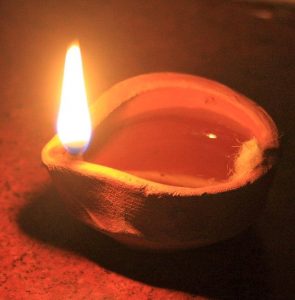
Until the 20th century, candles were most common in Northern Europe. In Southern Europe and the Mediterranean, oil lamps predominated.
Besides providing light, candles were used for the purpose of measuring time, usually in hours. The Song Dynasty in China (960-1279) used candle clocks.
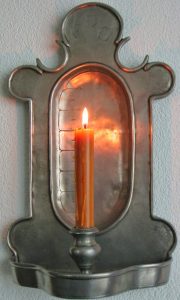
A version of a candle clock is often used to mark the countdown of the days leading to Christmas. This is called an Advent candle.
Note: This term is also used for candles that decorate an Advent wreath.
Among the earliest forms of created light, candles have had the greatest staying power into modern times for numerous uses. An estimated 1 billion pounds of wax are used in the candles sold each year in the United States.
FYI: No candle wax has ever been shown to be toxic or harmful to humans.
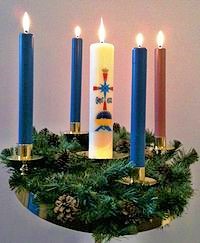
- Holiday decorations
- Shaped candles for specific holidays
- Candles for tree decorations
- Menorah candles for Hannukah
- Kinara candles for Kwanzaa
- Nine candles in a lingonberry wreath for Santa Lucia Day
- Advent wreath candles (marking the four Sundays leading up to Christmas)
- Candles for windowsills (to guide the Holy Family in their flight to Egypt)
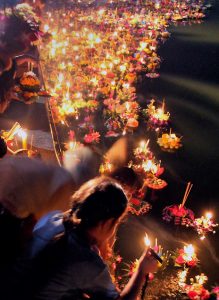
- Lighting paper lanterns
- Lighting and lifting sky lanterns
- To produce a romantic mood
- To make a dinner table more formal
- As backup for a power failure
- To dispel unpleasant household odors
- To test for drafts
- Scented candles for pleasure and/or aroma therapy

As the days grow shorter and night falls like a rock earlier and earlier, many people light candles around the house, even when they have electric lights, simply because the warm glow is cheerful. Which brings us back to human craving for light!
Cold Light

Gas lights were developed in the 1790s and were in common use in large cities by the middle of the nineteenth century. Streetlamps made the night safer (in wealthy areas) and gas piped into houses allowed (wealthy) homeowners to ignore the setting sun.
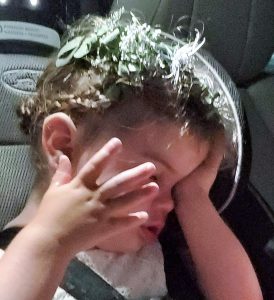
The invention of the electric-powered incandescent light bulb was even more effective in making the sun obsolete. Since electric lights have become nearly universal, ideas like a 24 hour workday and cutting sleep to work more have become nearly as universal.
Newborn incubators, refrigeration, pacemakers, surgical lighting, heated houses, underground ventilation, and electric harp string tuning meters are undoubtedly beneficial to human society. However, humans in general have become increasingly sleep-deprived and overworked since the spread of electricity. Heated and lighted houses have also made humans more likely to stay indoors all winter, avoiding direct sunlight. This leads right back to the beginning of this blog – Seasonal Affective Disorder.
Bottom line: Humans need light for a multitude of reasons, and in a multitude of forms.
